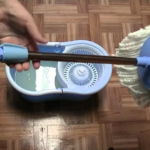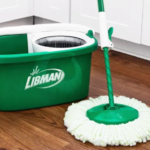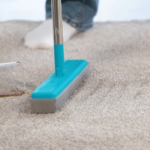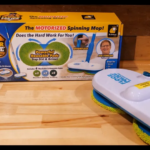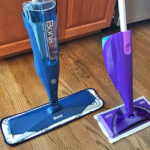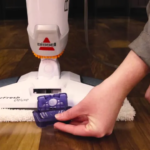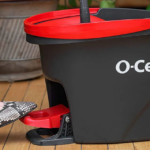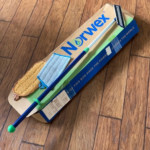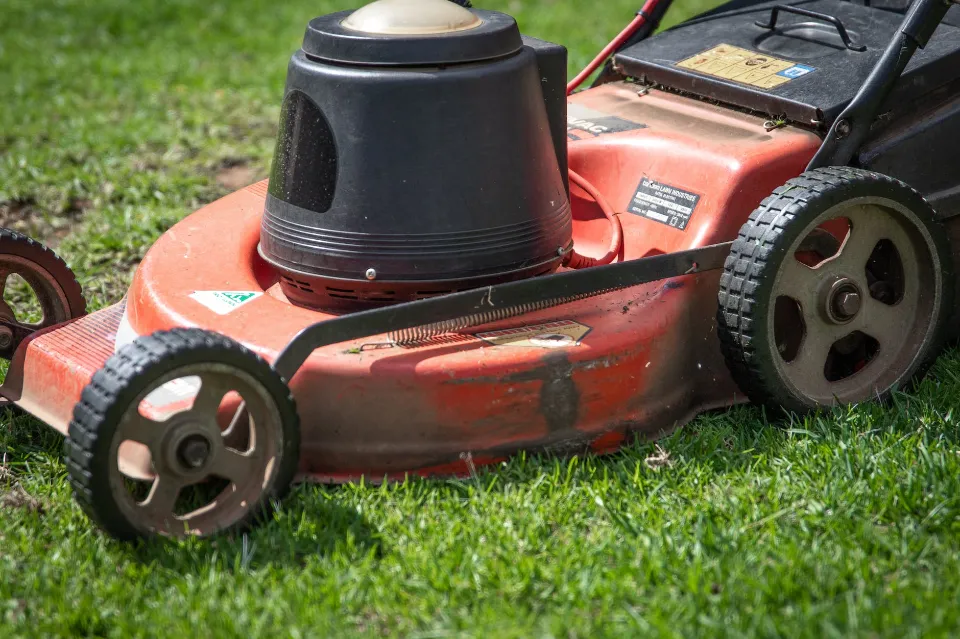Kitchens naturally feature tile flooring. Tile is hard, durable, water-resistant and shrugs off stains. Heavy foot traffic, water, spills, and bacteria cannot be absorbed by tile. It can withstand use by kids, pets, and decor of any style.
Popular kitchen floor tile that works well is ceramic. It comes in many different styles and colors and is simple to maintain.
What You Need to Know
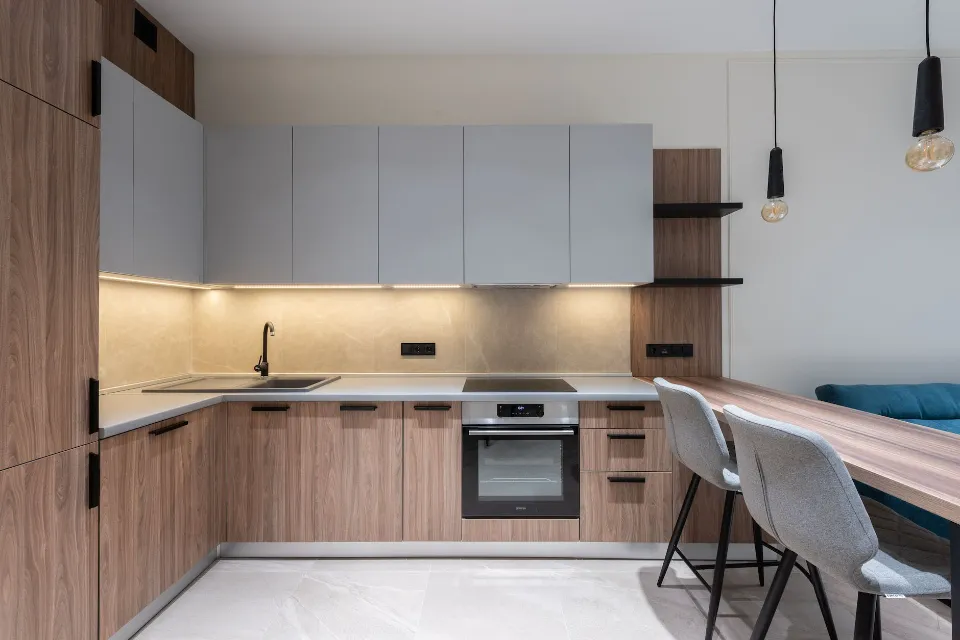
The Lowdown: The durable building materials ceramic, stone, metal, and glass are used to manufacture tiles.
Tough Enough? Pets, children, and food spills won’t scratch or stain this extremely durable surface. But for it to withstand water, proper sealing is necessary.
How to Clean: Clean up spills as soon as possible to prevent grout stains. Regularly sweep, dust, or vacuum the surface. Occasionally use a damp mop or cloth to wipe it down. Avoid abrasives such as steel wool and scouring pads. As required, reseal stone floors.
Types of Kitchen Tile Flooring
Tile made of ceramic and porcelain is similar. Both are made of clay mixtures that are fired at high temperatures to create a tough, long-lasting tile. Both are offered either glazed or unglazed. There are significant differences in addition to that.
Ceramic
Regular ceramic floor tile is sometimes called “non-porcelain” to clearly differentiate it from porcelain. Made from clays, t’s softer than its porcelain cousin and glazed to create a hard wear surface in virtually any color. It’s easier to cut and install because it’s softer. The glazing creates a surface that is resistant to spills and splashes from the kitchen despite being more porous than porcelain. It is simple to install but slightly more prone to damage than porcelain.

Porcelain
Sand is added to the clay mixture and then heated and compressed to create porcelain floor tile, which is harder, denser, and less porous than regular ceramic tile. It’s a wise choice for bathrooms, kitchens, and high-traffic areas. It is durable enough to be used outside in any weather.
Porcelain tiles that have been “glazed” have a glass-like coating applied during the firing process to create a colored surface. Unglazed porcelain has color added to the clay mixture, which allows the color and pattern to be carried throughout the entire tile. Unglazed porcelain won’t show any signs of wear or scratches.
Installing porcelain can be challenging and requires specialized tools, making it less of a do-it-yourself project.
Made from sands and minerals, it’s harder and more dense than ceramic tile and water resistant. However, installation is more difficult.

Stone
Stone floor tiles are made from natural stone including slate, granite, limestone, travertine and marble. Since most stone tiles are porous, they should be refinished every two to three years with a high-quality stone sealer.
You can polish or hone stone. When wet, polished stone surfaces are slick, but the polishing brings out the full beauty of the stone. Stone tiles that have been honed look less vibrant but offer more traction.
Stone is the most expensive material, but it also needs to be sealed.
The most common tile designs are those with a large format, which reduce grout lines and enlarge a small kitchen. Rectangles, hexagons, and octagons can also stand out even though squares are the most common shape. From checkerboard to basketweave, you can create a variety of patterns by combining one or more styles, and you can add accents for added visual interest.

Additional Considerations When Choosing Tile Flooring
Here are some considerations when choosing tile for your kitchen floor:
- Durability. In order to rate the durability of tiles, the Porcelain Enamel Institute (PEI) developed a rating system. Choose tile rated Class 3 (moderate traffic) or Class 4 (moderate to heavy traffic) for kitchen floors.
- Water resistance. Some types of tile absorb water like a sponge not the best option for the kitchen. Stick to unglazed tiles with a maximum absorption rate of 0.5% and glazed tiles with a maximum rate of 3% for kitchens that are prone to moisture.
- Texture. However, they can be more difficult to clean. Textured floors reduce slickness and hide dirt. Consider placing mats in high-risk areas, such as those in front of sinks, if you’re concerned about slipping.
- Underlayment. A subfloor that is flat, smooth, rigid, and clean must be used to install tiles. Under the tile, a cement tile backer board might be necessary, depending on the subfloor that already exists.
Drawbacks of Kitchen Tile Flooring
Tile is a rough, impervious surface. Dropped glasses and dishes won’t survive, and long hours of food prep may bring about fatigue. Since tile reflects sound, having tile flooring can make a room more noisy. A few solutions include area rugs and anti-fatigue mats.
Maintaining tile is also necessary. Ceramic tile is resilient in and of itself, but over time the grout between the tiles can become stained. Use a grout sealer on a regular basis to keep your floors looking new.
When wet, tile surfaces may become slick. If traction is a concern, look for tiles that have received the Americans with Disabilities Act’s certification of being slip-resistant. On packaging boxes and product literature, the ADA certification should be obvious.

Final Considerations When Choosing Tile
In addition to price and style, Joe Renda of Tile by Design says to make sure to check for the following when picking out your new kitchen tile:
- Product is available in the quantity you need when you need it
- The style flows with the rest of your kitchen decor (order a sample if you’re unsure)
- Tile is rated for the intended use (such as high traffic or high moisture areas)
- Your current subfloor can have tile installed on top (or needs a cement backer)
- Care and maintenance needs align with your expectations
FAQs
Is Porcelain Or Ceramic Tile Better for Kitchen Floor?
For areas with heavy traffic, like the kitchen, porcelain tile is advised because it is tougher and more durable than ceramic. Additionally, it’s simple to maintain and clean.
What is the Most Durable Kitchen Tile?
One of the most durable, and most popular tile for kitchen floors or walls. Ceramic tiles are man-made from natural materials – in this case, clay – and baked to a finish. There are many different designs, sizes, hues, and patterns to choose from.
What is the Most Popular Flooring for a Kitchen?
Tile is a go-to option for areas with frequent exposure to water, like kitchens and bathrooms. Ceramic, porcelain and stone tile are all common choices for kitchen flooring options. To fit nearly any design theme, tile is available in a wide range of sizes, colors, and patterns.
Check the following mop reviews before buying!
The Mr. Clean Spin Mop heads work best for dust mopping and absorb too much water for wet mopping. But wringing out the mop is extremely difficult.
When it comes to surface exposure, the Libman Tornado Twist Mop is a far better option than sponge mops. Even with vigorous scrubbing, you can clean with it effectively.
Mighty Thirsty Mop is a quick-absorbing mop made of polymer. Its thin mop head can fit underneath furniture and into other small spaces around the house.
If you have the Floor Police Motorized mop, you can quickly and easily spin away that dirt! The spin mop that does all the work for you is a cordless, lightweight product.
The cleaning efficacy and usability of the Bona Spray Mop are its greatest benefits. Use it to maintain the floors in between more thorough moppings.
With the Bissell PowerFresh steam mop, you can mop more effectively while saving money and combining convenience and power.
O Cedar Mop is incredibly shaky and spills way too easily. If you have to pick up the clean water tank, it will stop spinning and be inoperable.
The H20 X5 Mop won our comparison as the most adaptable mop. This mop effectively removed stains from the floor that had been there for several hours.
The Norwex Mop is available in two sizes (large and small) and three different mop pads. The system is easy to use if you follow the directions.
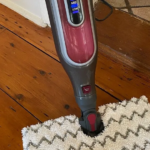
The Shark Steam Mop is a cheap steam mop that does a good job of sweeping and disinfecting floors. This Shark steam mop is a lightweight, simple-to-use steam cleaner.


